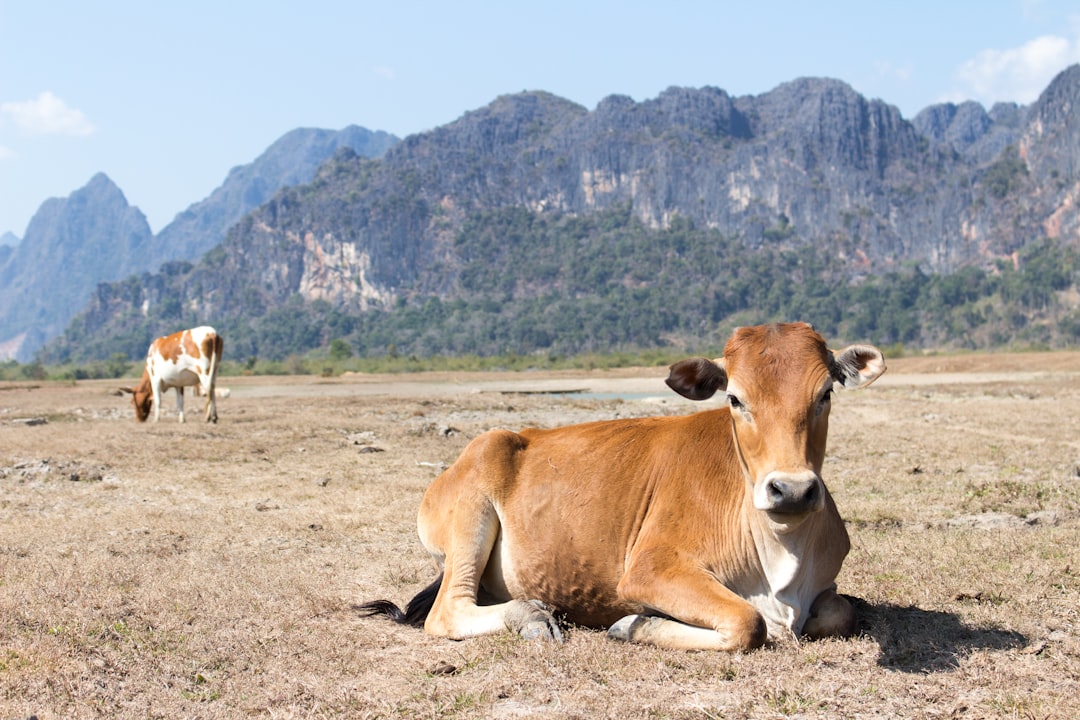Pasture-based dairy farming offers a sustainable and cost-effective approach to milk production, emphasizing cow welfare and environmental stewardship. This method, prevalent in countries like Ireland and New Zealand, relies on rotational grazing and seasonal calving to maximize pasture utilization and cow health. Here’s a comprehensive guide to optimizing grazing management and cow welfare in pasture-based dairy systems.
Rotational Grazing: A Key to Pasture Management
Rotational grazing is a critical component of pasture-based dairy farming, ensuring efficient use of land and maintaining pasture quality:
-
Benefits of Rotational Grazing
-
Pasture Regeneration: Regularly moving cows to fresh pastures allows grazed areas to recover, promoting healthy regrowth and reducing soil erosion.
-
Nutrient Distribution: Manure is evenly distributed across the farm, reducing the need for synthetic fertilizers and maintaining soil fertility.
-
-
Grazing Strategies
-
Paddock Design: Divide pastures into smaller paddocks to control grazing intensity and ensure optimal forage intake.
-
Grazing Frequency and Duration: Adjust the frequency and duration of grazing based on pasture growth rates and weather conditions to prevent overgrazing.
-
Seasonal Calving: Aligning with Nature
Seasonal calving is a cornerstone of pasture-based dairy systems, aligning milk production with natural pasture growth cycles:
-
Benefits of Seasonal Calving
-
Cost Efficiency: Reduces the need for expensive concentrates and silage during winter months by calving when pasture is abundant.
-
Cow Health: Allows cows to graze fresh pasture from the start of lactation, improving their nutritional status and overall health.
-
-
Implementation Strategies
-
Compact Calving Periods: Concentrate calving within a short window (e.g., January to April) to match peak lactation with peak pasture growth.
-
Breeding Programs: Use synchronized breeding to ensure a compact calving period, enhancing herd management efficiency.
-
Cow Welfare Considerations
Pasture-based systems prioritize cow welfare by providing a natural environment and reducing stress:
-
Natural Behavior
-
Grazing allows cows to exhibit natural behaviors, such as roaming and social interaction, which are essential for their mental health.
-
Access to Fresh Air and Sunlight: Pasture grazing ensures cows have ample access to fresh air and sunlight, promoting physical well-being.
-
-
Health Benefits
-
Lower Lameness Rates: Cows on pasture tend to have lower lameness rates compared to those in confinement systems.
-
Improved Nutritional Profile: Milk from pasture-fed cows often contains higher levels of beneficial fatty acids like conjugated linoleic acid (CLA) and omega-3 fatty acids.
-
Environmental Benefits
Pasture-based dairy farming offers several environmental advantages:
-
Soil Health
-
Rotational grazing enhances soil fertility by distributing manure evenly and promoting root growth.
-
Biodiversity: Mixed pastures with multiple species support biodiversity and reduce the need for synthetic fertilizers.
-
-
Water Efficiency
-
Pasture-based systems often require less water for irrigation compared to intensive farming methods, as cows obtain moisture from the grass they eat.
-
Conclusion
Pasture-based dairy farming, with its emphasis on rotational grazing and seasonal calving, provides a sustainable and welfare-friendly approach to milk production. By optimizing grazing strategies and aligning milk production with natural cycles, dairy farmers can enhance cow health, reduce costs, and support environmental sustainability.
Additional Resources
For more detailed information on pasture-based dairy farming and grazing management strategies, consider the following resources:
-
Dairy Extension Services: Consult local extension offices for region-specific advice on rotational grazing and seasonal calving.
-
Pasture Management Guides: Explore comprehensive guides on optimizing pasture use and maintaining soil health.
-
Sustainability Initiatives: Engage with global initiatives promoting sustainable dairy practices to stay updated on best practices in pasture-based systems.
Citations:
- https://www.ctahr.hawaii.edu/oc/freepubs/pdf/Pasture-dairy-trifold-brochure.pdf
- https://pmc.ncbi.nlm.nih.gov/articles/PMC7998991/
- https://www.nzmp.com/global/en/news/pasturebased-farming-system-more-sustainable.html
- https://edepot.wur.nl/670218
- https://www.farmersweekly.co.za/animals/cattle/pasture-based-dairy-lower-cost-lactations/
- https://www.sciencedirect.com/science/article/pii/S0022030223007117
- https://attra.ncat.org/publication/dairy-production-on-pasture/
- https://www.sciencedirect.com/science/article/pii/S0022030222002594
- https://assets.gov.ie/207667/1f878700-b795-4c4b-9d01-4688c2203e0d.pdf

Comments
No comments yet. Be the first to comment!
You must be logged in to comment. Login